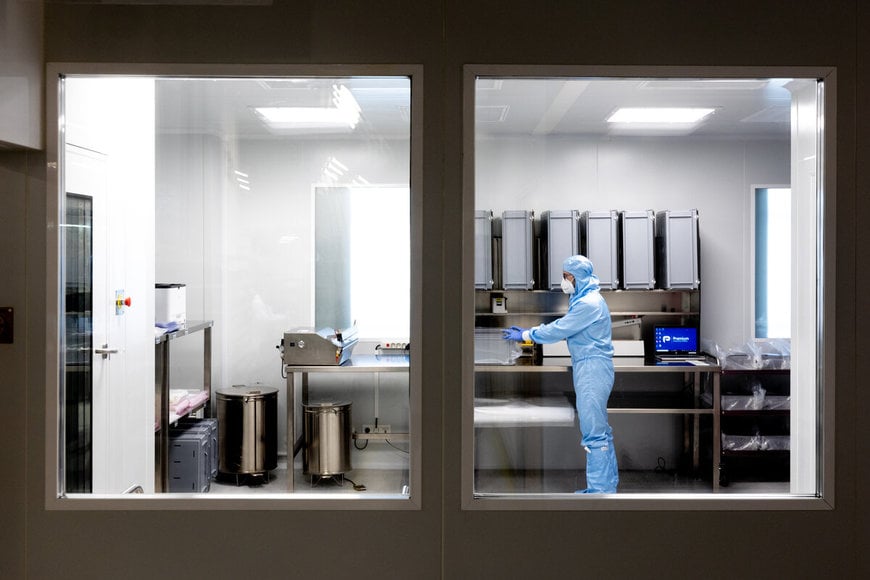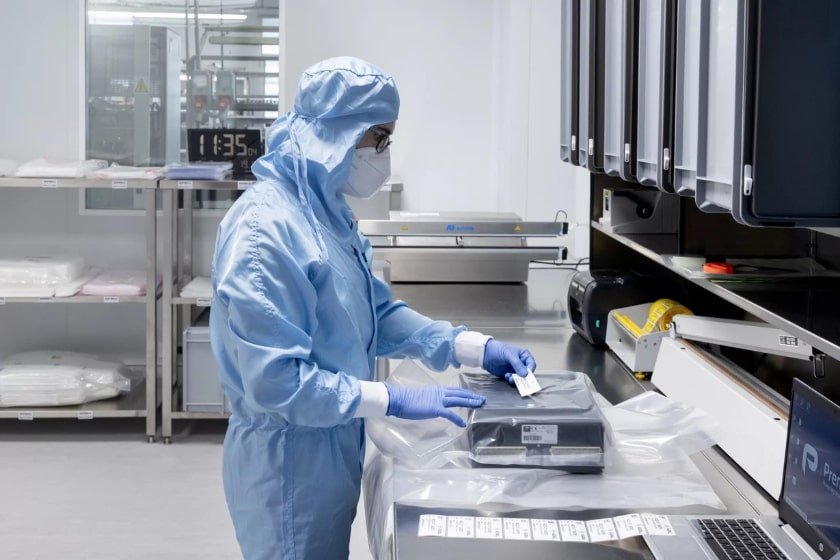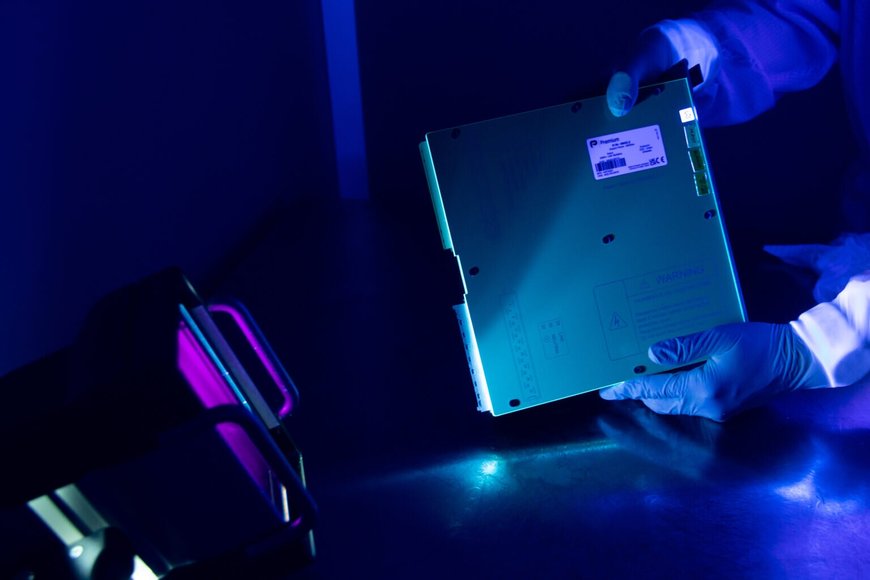railway-international.com
21
'22
Written on Modified on
Premium PSU’s clean room ensures our products’ quality
State-of-the-art research, development, and manufacturing processes increasingly require environmental conditions where the airborne particle concentration does not exceed specific limits.

Our facilities are a continuation of Premium PSU’s innovative spirit and have been growing and evolving at the same time as our experience and knowledge. In order to meet some of our most demanding customers’ needs, we incorporated a clean room in 2020.
In some fields of industrial technology (microelectronics, precision engineering, medical devices, and others) specific requirements are to be met in terms of the cleanliness of the air in the room, utilities used, workstation, process media, and people working. Our cleanroom has been designed and built according to ISO 14644 standards, and we perform periodic controls to ensure that we always maintain ISO classification conditions of each room.
Regarding its functionality, it allows us to optimize the cleaning process for products intended to be used in controlled environments. Premium PSU’s cleanroom includes three independent spaces with different cleaning degrees: ISO8, ISO7, and ISO6.
What is a clean room?
A clean room is an engineered space that maintains a very low concentration of airborne particulates. It is well isolated, well-controlled from contamination, and actively cleansed.
Such rooms are commonly needed for scientific research, and in industrial production for all nanoscale processes, such as semiconductor manufacturing. A cleanroom is designed to keep everything, from dust to airborne organisms or vaporized particles, away from it, and so from whatever product is being handled inside.
They are classified into two major types based on their method of ventilation:
- Turbulent airflow cleanrooms: “non-unidirectional airflow. Air distribution where primary air entering the cleanroom or clean area is mixed with the room air through induction.” (pic 1)
- Unidirectional airflow cleanrooms:“unidirectional airflow, regulated airflow with uniform speed across the entire cross-section of a cleanroom or clean area, which is regarded as parallel airflow”. (pic 2) That’s our clean room tipology.
How does a it work?
A clean room keeps things clean. Simple!
Several industries use them where particles in the air can impact the outcome of a physical product. Essentially, a clean room allos for a low particles concentration environment where air must go through a filter to enter the area. The incoming air is processed employing HEPA and ULPA filters to protect particularly sensitive products against harmful environmental influences.
Outside air is first circulates through a filtered system. The filters (either HEPA or ULPA) clean and decontaminate the outside air according to specifications. Then, the filtered air is forced into the clean room. Additionally, contaminated air within the clean room is forced outside the room by registers, or it is recirculated back into the filters, and the process restarts.

Credit photo: Premium
Classification of clean rooms
There are different classifications, but the most common focuses on the capacity that each room must clean and purify the air of suspended particles, all according to ISO standards.
Small numbers refer to ISO 14644-1 standard, which specifies the decimal logarithm of the number of particles 0.1 μm or larger permitted per m3 of air. So, for example, ISO class 6 clean room only allows a maximum of 293 particles/m3 for particle sizes greater than 5 µm. Depending on a particle value, it is possible to classify it starting from cleanliness ISO 1 class, which represents the highest, to ISO 9 class.
Basic elements
The heart of the room is the Air Handling Unit. Fan-filter modules and clean air modules are used to supply clean air into controlled environments. They filter the air and form the active elements in clean rooms, clean air workstations, mini environments, or clean room transportation systems.
Fan-filter modules (FFM) consist of three main components:
- Housing
- Fans
- Main filter (HEPA filter, ULPA filter); optionally pre-filter
There are four zones in a clean room: the outdoor environment, ancillary areas, surrounding clean rooms, and interior clean zones.
People and products to be worked on come from the outdoor environment. The work is done in the interior clean zones.
In our clean room we check each room’s pressures preiodically to ensure we meet clean room conditions according to ISO 14644-1.

Credit photo: Premium
Basic requirements
There are some basic clean room requirements, depending on the iso classification.
Staff in this type of room represents a potential source of contamination, so every person that enters the clean room must comply with rules of conduct. Special attire acts as a particle filter and barrier between the worker and the room environment.
The more demanding the particle cleanliness class is, the more complex the protective clothing is. From ISO 6 degree, for example, a full-body overall, special shoes and gloves are mandatory. Employees should be comprehensively trained in the handling of clothing and all equipment devices to use in the clean room.
The main objective for projects carried out in our clean room is zero dust particles ≥ 5µm and product packaging for direct delivery of replenishments to the end customer.
Our facilities are not only crucial in the manufacturing of current products, but also in the establishment of new goals to keep revolutionizing high level power electronics.
Custom design for the most demanding needs for semiconductor manufacturing.
www.premiumpsu.com

